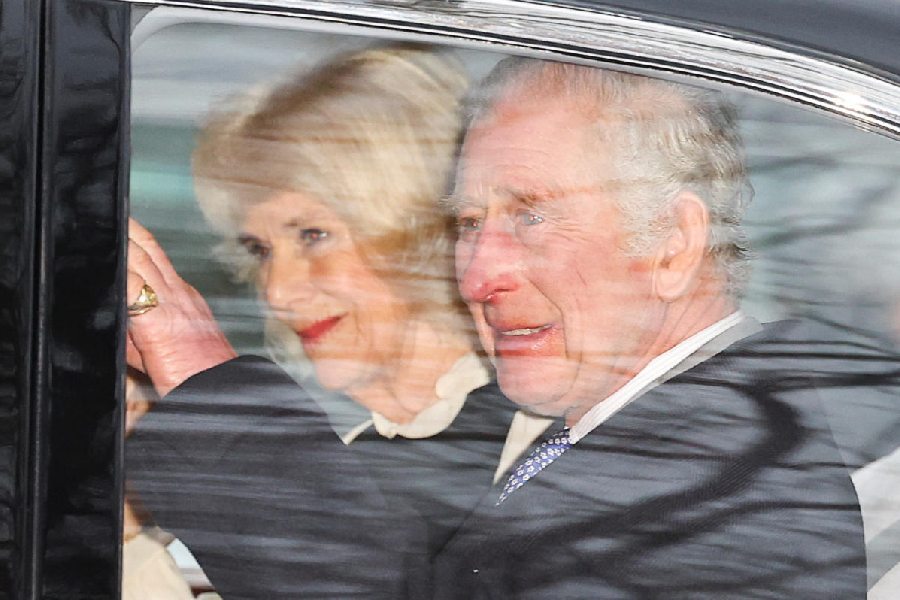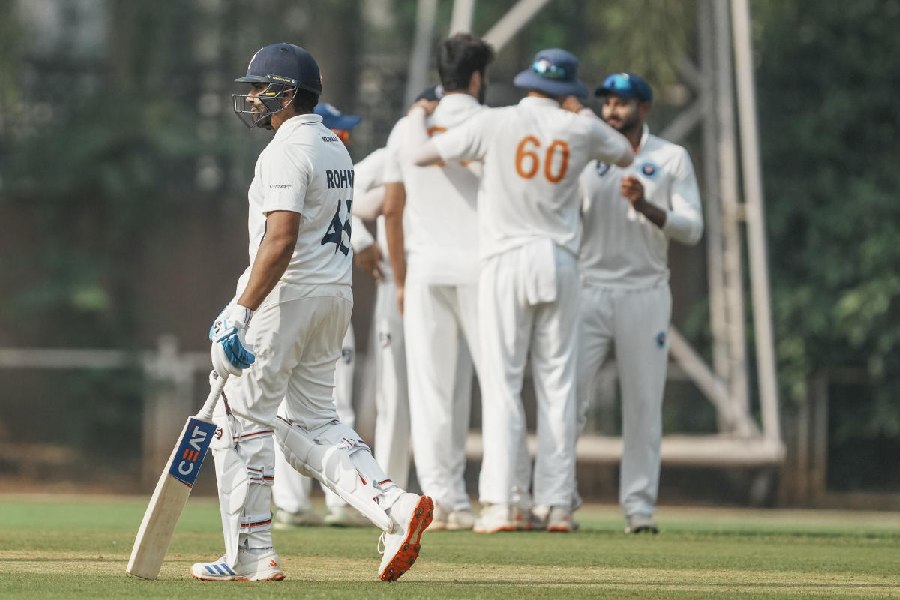When Buckingham Palace announced Monday that King Charles III had been diagnosed with cancer and would halt his public engagements to undergo treatment, it predictably set off a storm of questions.
What kind of cancer? How advanced? What form of treatment? How long would he be sidelined? And the essential, if often unspoken, question when a patient faces a potentially existential health threat: Would he survive?
The palace, paradoxically, fueled this frenzy by disclosing more about the king’s medical condition than it had for Queen Elizabeth II or any other previous British monarch. It said it did so at the behest of Charles himself, who wanted to “share his diagnosis to prevent speculation and in the hope it may assist public understanding for all those around the world who are affected by cancer.”
As well-intentioned as the king might have been, the palace’s decision to disclose some facts but not others — the medical equivalent of parting the curtain halfway — raised many more questions than it answered.
Britain now finds itself in an anguished middle ground, aware that its 75-year-old king has a life-threatening disease but unsure exactly what that means. With treatment, could he live for many more years, as cancer survivors of his age often do? Or should Britons gird themselves for the passing of another sovereign?
That groping for signposts in a fogbound landscape was on display in remarks by Prime Minister Rishi Sunak on Tuesday morning. Speaking to BBC Radio 5 Live, Sunak said he was “shocked and sad” to hear the news about Charles. But then he added, “Thankfully, this has been caught early.”
Those encouraging words made headlines in the British news media. But when reporters pressed the spokesperson at No. 10 Downing St. on what Sunak had based his assessment, they were directed back to the palace’s initial statement, which praised the “swift intervention” of Charles’ medical team.
That four-paragraph document was a tug of war between disclosure and omission. The king had “a form of cancer,” it said, which was detected after his treatment for a “benign prostate enlargement.” But the statement did not say what kind. Palace officials clarified to reporters that it was not prostate cancer, which would have been the most common cancer detected in a prostate procedure.
With that ruled out, cancer experts advanced other theories. “Lung and bladder cancer are also common in elderly men,” said Mieke Van Hemelrijck, a professor of cancer epidemiology at King’s College London.
Commentators with no medical experience threw out possibilities: “Lymphoma?” said a royal watcher on Sky News on Monday evening. The anchor quickly observed that this was speculation. By Tuesday, Sky was interviewing Joan Bakewell, a 90-year-old journalist and member of the House of Lords who is a cancer survivor, about the necessity of coming to terms with one’s mortality.
Buckingham Palace said it would not issue regular bulletins about the king’s condition. Palace officials also asked journalists not to try to contact doctors or other professionals who are treating Charles.
On Tuesday, the British media contented itself with images of Prince Harry arriving at his father’s London residence, Clarence House, for a visit. Later, a smiling king and Queen Camilla were photographed in a limousine, returning to their country residence, Sandringham, where Charles had been recuperating from his prostate procedure until last weekend.
That the palace could expect Britain’s tabloid papers to back off from investigating the king’s health attests to the complicated nature of the relationship between the royals and the press. While much about the royal family is considered fair game by tabloid editors — from their legal travails to their personal lives — there are some subjects on which the news media are less likely to challenge the family’s privacy.
Those power dynamics were evident late last year when the Dutch edition of a new book about the royals contained the inflammatory claim that Charles and Catherine, the wife of Prince William, had voiced concerns about the skin color of the unborn child of Prince Harry and his wife, Meghan.
The author, Omid Scobie, insisted the passage had been included by mistake, and the Dutch publisher withdrew the book from stores — but not before the names of Charles and Catherine had circulated widely on social media.
Yet no British news organization published the names until after Piers Morgan, a prominent broadcaster, reported them on his program. Some media critics expected the palace to bring legal action against Morgan; ultimately, it did not.
For all the limits in the palace’s communications, royal historians pointed out that it had still disclosed far more about Charles than previous monarchs — or even than other current members of the royal family.
The king’s grandfather, George VI, had surgery in 1951 for what doctors later concluded was lung cancer. The palace withheld most details, which deepened the shock when the king died five months later.
Kensington Palace has said little about the abdominal surgery that recently led Catherine to spend nearly two weeks in a London hospital. Buckingham Palace notified the public in advance that Charles would enter the same hospital, the London Clinic, to undergo treatment for an enlarged prostate.
Britain’s National Health Service reported that on the day after the announcement, its webpage offering advice on how to deal with an enlarged prostate drew 11 times the number of visitors as on a typical day. How long patients will have to wait for a prostate procedure at the busy NHS is another question.
Tension between the royal family’s right to privacy and the public’s interest in them reflects a broader debate in Britain over privacy, one that is more acute than that in the United States, particularly on issues like health.
Then, too, the royals hold a more ceremonial role in British society than, say, political leaders, which some argue should entitle them to a modicum of privacy, although the king, as head of state, occupies a singular role.
Still, the royal family is not the only British institution to come under scrutiny for being reticent with medical information. In 2020, Boris Johnson, then the prime minister, spent three days in the intensive care unit of a London hospital with severe COVID-19. Downing Street issued daily updates saying that he was in “extremely good spirits.”
Only after he was discharged did Johnson himself acknowledge that the nurses had saved his life by administering oxygen to him throughout the night. “Things,” he said, “could have gone either way.”
The New York Times News Service











